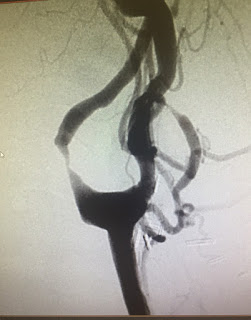Heirman and colleagues from the Department of Head-and-Neck Oncology and Surgery, Netherlands Cancer Institute, Amsterdam, studied the decision conflict in patients with a locally advanced laryngeal carcinoma (T3 and T4). The decision is challenging due to the treatment choice between organ preservation and laryngectomy, both with different and high impact on function and quality of life (QoL). The complexity of these treatment decisions and their possible consequences might lead to decisional conflict (DC). This study aimed to explore the level of DC in locally advanced laryngeal carcinoma patients facing curative decision-making, and to identify possible associated factors.
Participants completed questionnaires on
DC, level of shared decision-making (SDM), and a knowledge test directly after
counseling and 6 months after treatment.
Directly after counseling by their
medical providers, almost all participants (44/45; 98%) experienced clinically significant
DC score (CSDC >25, scale 0-100). On average, patients scored 47% (SD 20%)
correct on the knowledge test. Questions related to radiotherapy were answered
best (SD 69%), whilst only 35% (SD 29%) of the questions related to
laryngectomy were answered correctly. Patients' perceived level of SDM (scale
0-100) was 70, and for physicians this was 70 .
The authors concluded that most patients
with advanced larynx cancer experience high levels of DC. Low knowledge levels
regarding treatment aspects indicate a need for better patient counseling.



























